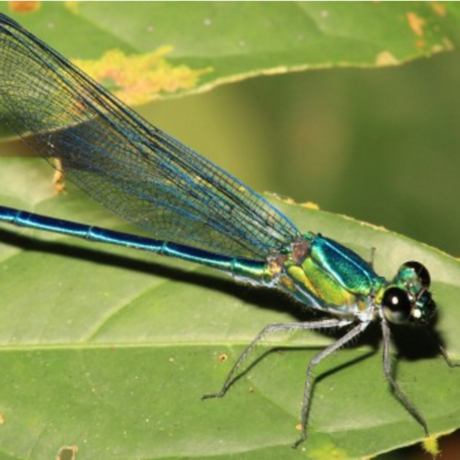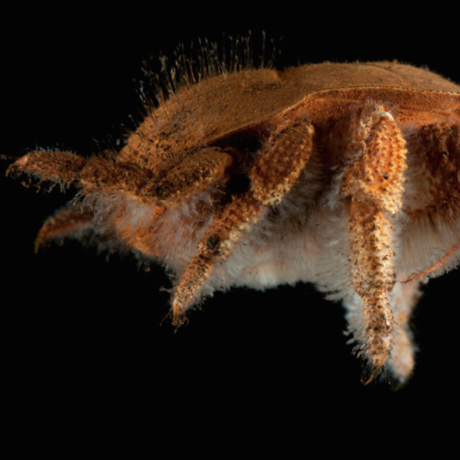Science News
New Discoveries: A Famous Tarantula and a Cheating Plant

New Discoveries is a collaboration between Stanford and Academy scientists and staff, appearing on the second and fourth Wednesdays of every month. Here we celebrate new species publications and demonstrate how much more there is to learn about life on Earth.
New Whip Spiders from the Amazon
Whip spiders, or amblypygids, are an order of nocturnal arachnids found in the tropics and neotropics. Surprisingly, until last week, scientists had only described one species of whip spider from the Amazon. Now researchers have found eight more species and described them last week in PLoS ONE. The Brazilian authors are already concerned about these new finds. They write, “Despite its incredible biodiversity, conservative measures are not efficient and several human activities threaten the Amazonian environment. The current most important are the construction of highways, hydroelectric dams and mining activities... With the increasing threats towards the Amazon forest it is important to unveil whip spider diversity before they disappear, as most of them are extremely sensitive to environmental changes and could help identifying priority areas for directing conservation efforts.”
Explosive and Incarcerated Tarantulas
A team of scientists have reordered one of the genera of tarantulas, collapsing 55 species into 29, and in the process, describing 14 new species. Two of those species have remarkable names: Aphonopelma johnnycashi and Aphonopelma atomicum. A. johnnycashi is found near Folsom prison, and named for the “Folsom Prison Blues” singer-songwriter. (In addition, like the singer-songwriter, A. johnnycashi is adorned in all black, according to the Mercury News.) A. atomicum was discovered near the Nevada Testing Site, where the atom bomb was tested in the 1950s. It’s also one of the smallest Aphonopelma species.
A Parasitic Plant
A new cheating plant was described last week in the Journal of Japanese Botany. Sciaphila yakushimensis doesn’t want to do the work of photosynthesis, and relies on fungal hosts for food and nutrients. This type of parasitism is also known as myco-heterotrophy.
These lazy plants are rare, or at least hard to find, because they are small and only appear above ground when they are in flower or fruit. So accurate information on their distribution is limited. Suetsugu Kenji of Kobe University discovered the new species while carrying out a survey of the lowland laurel forests in Yakushima in Japan. “Yakushima receives a lot of attention for its Jomon cedars, but this plant was discovered in an area where deforestation is permitted,” Suetsugu explains. “The discovery of the Sciaphila yakushimensis, nurtured by the fungi and the nutrient-rich forests in which it grows, should make us reaffirm the value of Yakushima’s lowland primeval forests.”
Image: Aphonopelma johnnycashi, Hamilton CA, Hendrixson BE, Bond JE (2016)/ZooKeys 560: 1-340


